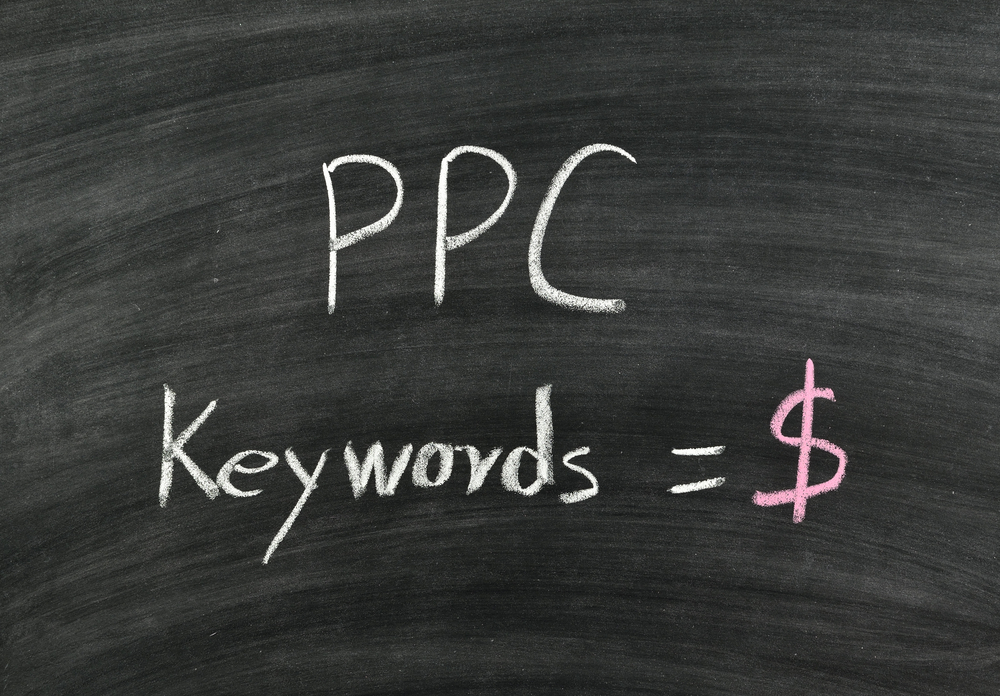The internet is the new frontier of advertising, serving up a buffet of different options to those brave enough to venture onto its fibre networks and SERP pages. But how does a business get noticed in a vast oceans of trillions of webpages and countless terrabytes? There are two ways to run-up the rankings, one is traditionally fast (assuming you have a money to make a dent in the competitive market) and the other is sustained or slow. Both require investment, an open-mind and a lot of patience.

What Is It?
Google Adwords is a famous PPC (pay-per-click) offering, hosted by the omnipotent search engine, Google. Simply put, Adwords releases you text or image ad (you’ve probably seen them on new websites at the bottom or top of the page, spruiking banks, cars etc) onto a network of webpages, eventually remarketing to segments it or you deem relevant. How? You will employ a list of keywords associated with an online advertisement, as this is how people search for pages or services. While Adwords management is certainly a valuable sales exercise, marketers also utilise its changeable machinations to test keywords, short term strategies and website conversion, utilising an experimental budget. Unless you know exactly what you’re doing, I don’t recommend this. Learn to walk before you run, as they say.
Get Going – Your Action Plan
Identify Your Goal – Being goal orientated will prevent any distractions or business-centric segues. Try not to have too many cooks in the kitchen, keep it simple. Debate and discuss the various angles of your initial campaign (you can run a few later on, if the test is successful) and conclude the session with the following sentence: “This campaign will ultimately achieve (goal), in (time-frame). We are prepared to accept (concession), in (alternate amount of time).”
Update Your Website – How does your on-page copy hold up against your competitors? Is it crisp? Relevant? Readable? Are keywords included in the text and connected to the ad? Will your landing pages line up with your Adwords copy? Fix these niggles now before starting an Adwords campaign. While you’re there, adjust meta data to be informative, keyword rich and easy to read, add H1 tags to your website and perform a basic SEO audit.
Measure Your Competition – Use the incognito mode to perform a bout of website espionage. Draw up a list of keyword you believe really sell or reflect your website and gauge who the major players are, paying attention to the weaknesses of their text ads, landing pages and campaign structure. Don’t be afraid to experiment with different terms. If a business continuously make an appearance, you’ve found yourself a business to beat and a yardstick to follow.
Develop a Strategy – It is one thing to say setup a campaign, it’s quite another to do formulate a lasting strategy around campaign targets. What are they? What services sell the most? Which are more obscure? Are you looking for fast money? Slow branding? Heightened exposure? Your strategy dictates the choices you make in the next step.
Select Highly Relevant Keywords – Depending on what you’ve decided, selecting highly qualified keywords is paramount to your success. If you’re a confectionary store specialising in chocolate gifts, gifts as a keyword is not going to cut it. Be more specific. Are they baskets? Boxes? Hand-crafted, marbeled creations? If I was selling chocolate baskets in Brisbane, I would enter the following keyword: chocolate baskets Brisbane, with the appropriate match type.
Sound a little confusing? A bit overwhelming? Don’t despair. You can always hire an Adwords specialist such as Search Factory to help you on your way to online stardom, or at least, a nice fat sum at the end of the line.



